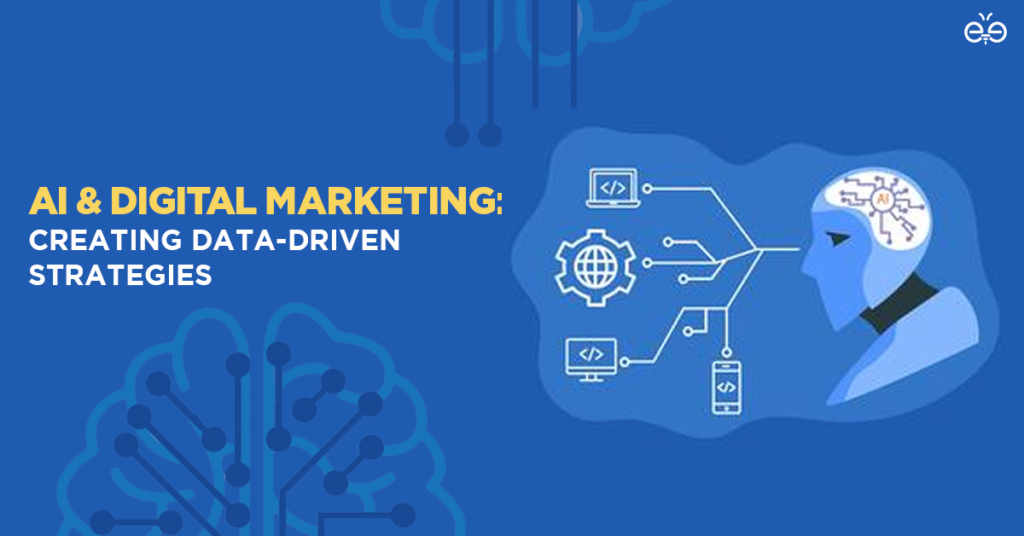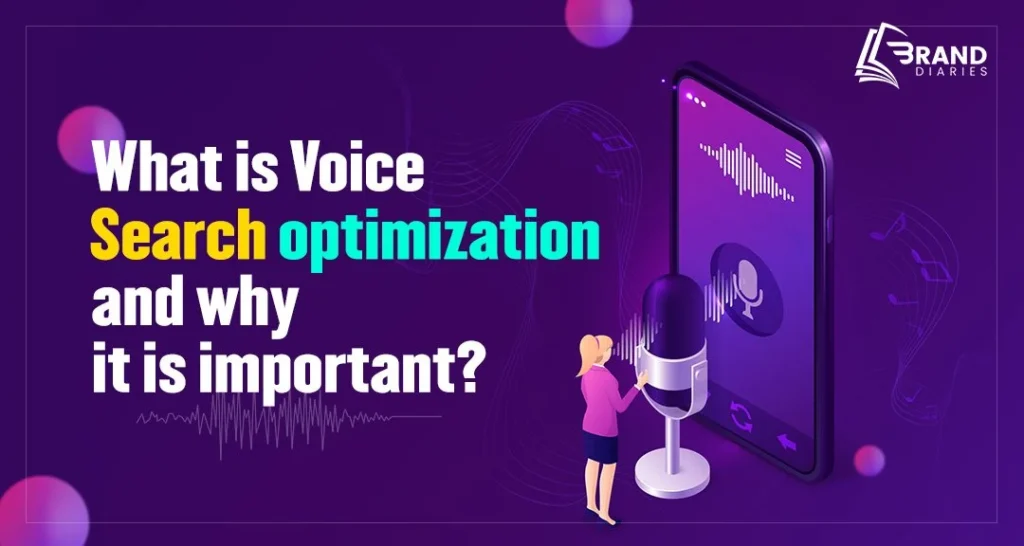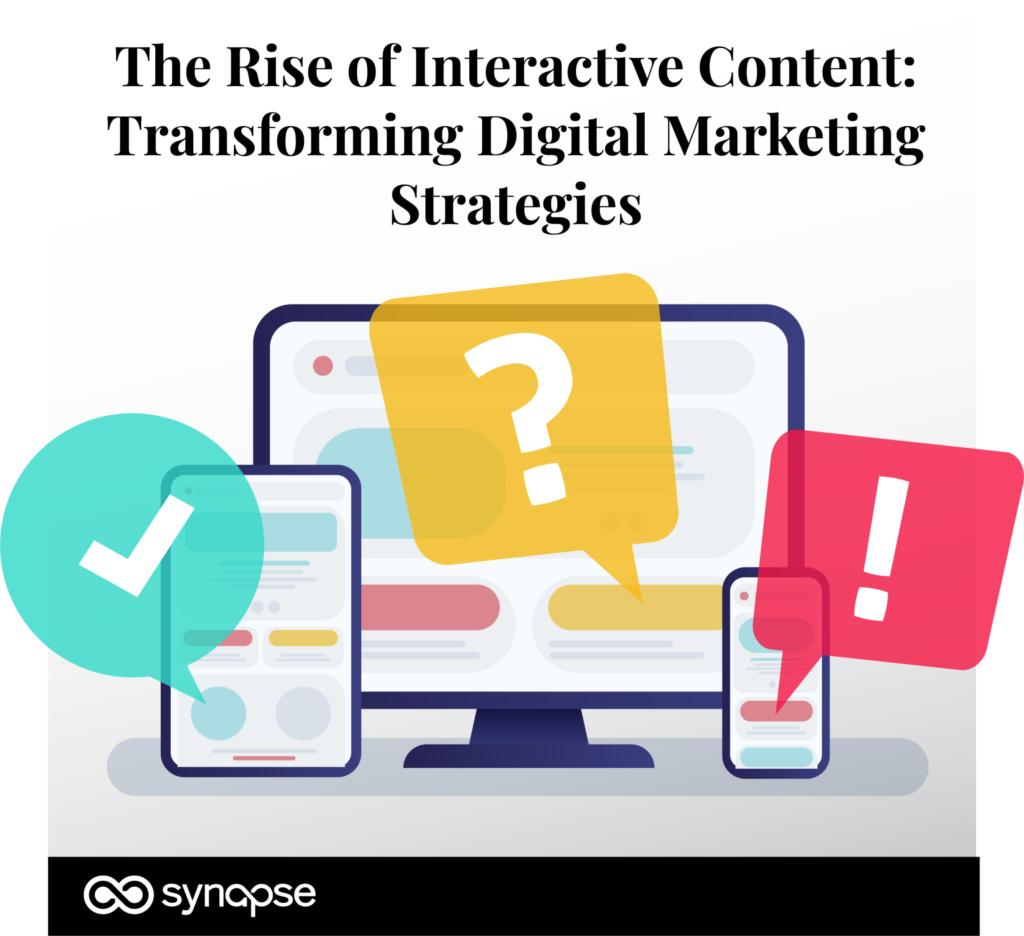1. Stricter Data Protection Regulations
- Overview: Governments worldwide are enforcing stringent data protection laws, such as GDPR in Europe and CCPA in California, to protect consumer privacy. These regulations require businesses to handle personal data responsibly and transparently.
- How to Comply: Stay informed about the latest data protection laws and ensure your business practices align with them. Implement clear consent mechanisms for data collection, regularly update your privacy policies, and make sure they are accessible and easy to understand.
2. Data Minimization
- Overview: Data minimization involves collecting only the essential information needed for business operations. This approach not only reduces the risk of data breaches but also aligns with legal requirements to avoid unnecessary data collection.
- How to Implement: Review your data collection processes and eliminate any unnecessary data gathering. Focus on acquiring only the data that directly benefits your business and improves customer experience. Clearly explain to users why their data is being collected and how it will be used.
3. Transparency and User Control
- Overview: Consumers demand greater control over their personal data and expect transparency from companies about how their information is used. Providing users with the ability to manage their data is crucial for building trust.
- How to Implement: Offer clear options for users to manage their data, such as opting in or out of data collection, adjusting privacy settings, and requesting data deletion. Be transparent about your data practices, including what data is collected, how it is used, and who it is shared with.
4. Robust Data Security
- Overview: Protecting customer data from breaches and cyber threats is essential for maintaining trust and complying with legal requirements. Data breaches can result in significant financial and reputational damage.
- How to Implement: Invest in strong cybersecurity measures, including encryption, multi-factor authentication, and regular security audits. Train employees on best practices for data security, and ensure that third-party vendors also adhere to strict security standards. Develop a data breach response plan to mitigate damage if a breach occurs.
5. Ethical Use of Data
- Overview: Beyond legal compliance, consumers expect ethical handling of their data. This includes avoiding invasive or manipulative marketing practices and using data in ways that respect user privacy.
- How to Implement: Use customer data to enhance their experience without crossing ethical boundaries. Avoid aggressive retargeting or collecting data without clear consent. Focus on building long-term relationships by using data responsibly and transparently.
6. Adapting to the End of Third-Party Cookies
- Overview: With major browsers phasing out third-party cookies, businesses need to find alternative methods for tracking and targeting consumers that respect privacy.
- How to Adapt: Shift towards first-party data collection by gathering information directly from interactions with your customers. Explore contextual advertising, which targets users based on the content they are currently viewing rather than tracking them across the web. Consider new, privacy-compliant tracking technologies.
7. Building Trust Through Privacy Commitment
- Overview: In a competitive market, demonstrating a strong commitment to privacy can be a key differentiator. Consumers are more likely to engage with brands they trust to protect their personal information.
- How to Implement: Highlight your privacy and data protection practices in your marketing. Educate your audience about how you safeguard their data and respect their privacy. Use certifications or endorsements from recognized privacy organizations to build credibility and trust.
Conclusion: In 2024, privacy and data protection are essential elements of a successful digital strategy. By focusing on regulatory compliance, data minimization, transparency, security, ethical data usage, and adapting to changes in tracking technology, businesses can protect customer data and build stronger, trust-based relationships with their audience. Prioritizing these aspects not only ensures compliance but also strengthens your brand’s reputation in an increasingly privacy-conscious world








